When you hear the name Anna & the Willow, you might picture a quiet studio tucked somewhere in the English countryside – the smell of damp earth and the creak of willow rods bending in rhythm with the maker’s hands. That image isn’t far from reality. Behind the name stands Anna Cross, an artist based near Ripon in North Yorkshire, who brings the landscape to life through woven willow sculptures made entirely from English-grown willow.
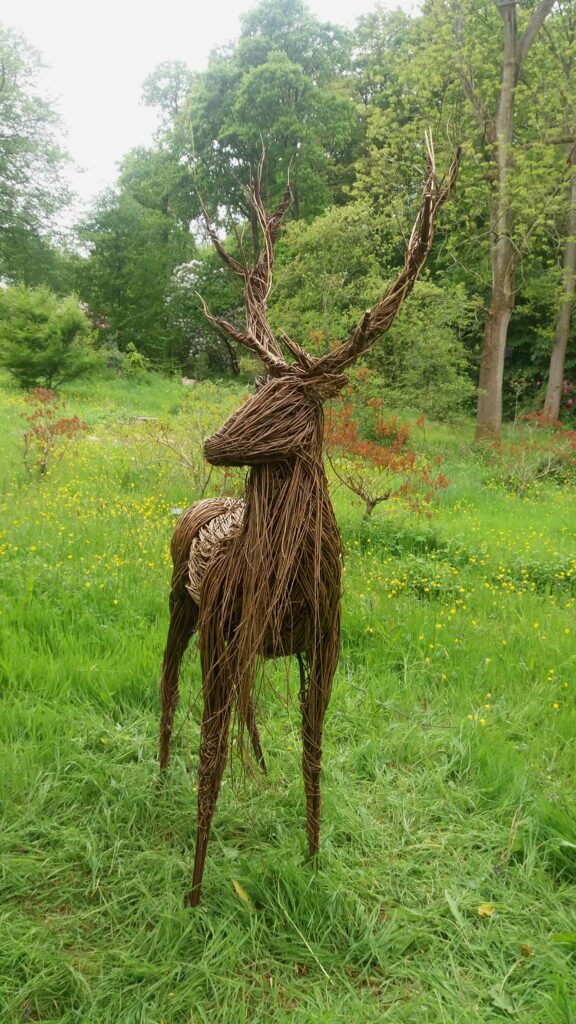
Anna didn’t begin as a sculptor. Her first love was zoology, which she studied at university, drawn to the movement and anatomy of animals. That scientific curiosity stayed with her, shaping the way she observes posture, tension and motion. Years later, a weekend workshop on willow weaving changed her path. “Working with a natural material opened up a new world,” she once said, and that world quickly became her life’s work.
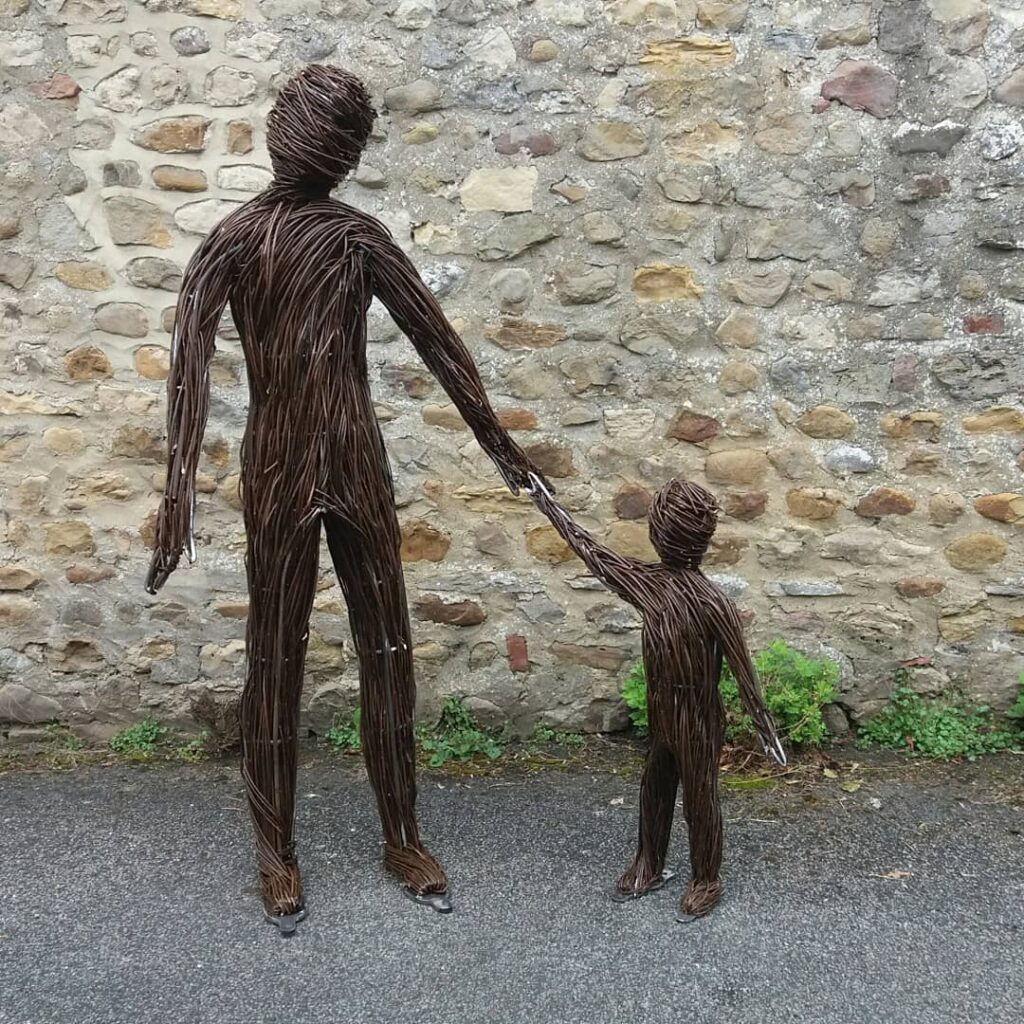
Her sculptures have an uncanny presence. They seem to emerge from the land itself – forms that, as My Modern Met described, “appear to grow from the forest floor.” When you encounter one in the woods – a stag lifting its head, a huntress drawing her bow – it feels less like looking at art and more like stumbling upon something wild and timeless.

Willow is more than just a medium for Anna; it’s the soul of her process. Every rod she uses is sourced from English growers, part of a commitment to sustainability and craft heritage. Preparing the material takes time. Bundles of willow must be soaked for days until supple, then sorted and shaped by hand. The work is physical, repetitive and deeply connected to nature’s rhythm. There’s a meditative calm in the weaving, a kind of dialogue between maker and material.

Each piece begins with a sketch that grows into a full-size outline on large MDF boards. For outdoor commissions, the artist constructs a steel armature first – the hidden skeleton that gives structure and strength. Then comes the slow transformation: bending, layering and tightening willow around the frame until the form feels alive. Once complete, the surface is treated to endure years of weather, allowing her sculptures to inhabit woodlands and gardens like living creatures of bark and air.
Anna’s subjects are drawn from the wild – deer, horses, birds and mythic figures. Among the best known is The Spirit of the Medieval Huntress, a nine-foot sculpture installed in Skipton Castle Woods. Seeing it stand among the trees was, as she told Folksy Blog, one of her proudest moments. The piece seems perfectly at home there, poised between shadow and sunlight, half woman, half spirit.
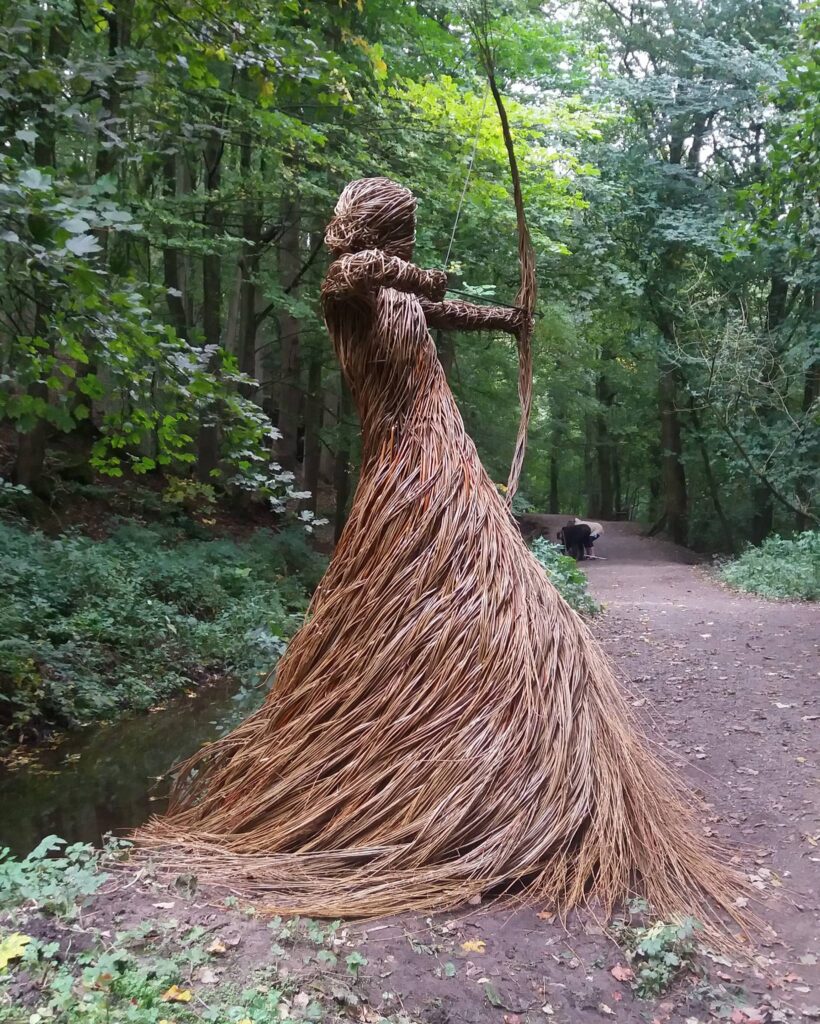
Another recurring muse is the deer. Anna has often said she loves shaping them because they’re “graceful and striking animals – and they have great lines.” That sensitivity to movement shows in every detail. The curve of a neck or the tilt of an ear feels observed from life, captured mid-motion.
What makes her work remarkable is how it bridges traditional craft and contemporary sculpture. Basketry techniques lie at its core – soaking, weaving, tightening – yet the results are monumental and expressive. With nothing more than willow and wire, Anna turns a centuries-old craft into something sculptural and modern.

Her relationship with the material is instinctive. “Willow feels like a conversation,” she has said – sometimes it resists, sometimes it yields, always guiding her in unexpected directions. Each variety has its own temperament. Some rods are slender and bright, others thick and strong, demanding a different rhythm of hands. The tension between control and freedom gives her work its vitality; it’s both deliberate and organic.
Over the years, Anna & the Willow has grown into a respected name in environmental art. Commissions have come from the National Trust, the Woodland Trust, the RSPB and the NHS, among others. Every installation feels rooted in its setting, whether it’s a woodland trail or a park clearing. The sculptures don’t impose on their surroundings – they belong to them, as if they’ve been there all along.

Anna’s work extends beyond her own creations. Through teaching and community projects, she shares her knowledge of willow sculpture, passing down techniques that might otherwise fade into obscurity. Her workshops invite others to slow down, to reconnect with materials that require patience and care. There’s no rushing the process; the willow decides its own pace.

In an era when speed and efficiency often overshadow craftsmanship, Anna’s art stands as quiet resistance. It celebrates slowness, locality and touch. There’s honesty in the texture of the weave, in the way light filters through the gaps. Every piece tells a story about time – time spent soaking, bending, shaping, and the slower time of nature itself growing those rods by the river.
Standing before one of her sculptures, it’s easy to forget where the natural world ends and the artwork begins. The deer grazing in mist, the huntress poised in motion – they carry the spirit of the landscape itself. What Anna creates isn’t simply sculpture, but a reminder that beauty can still be grown, not manufactured.
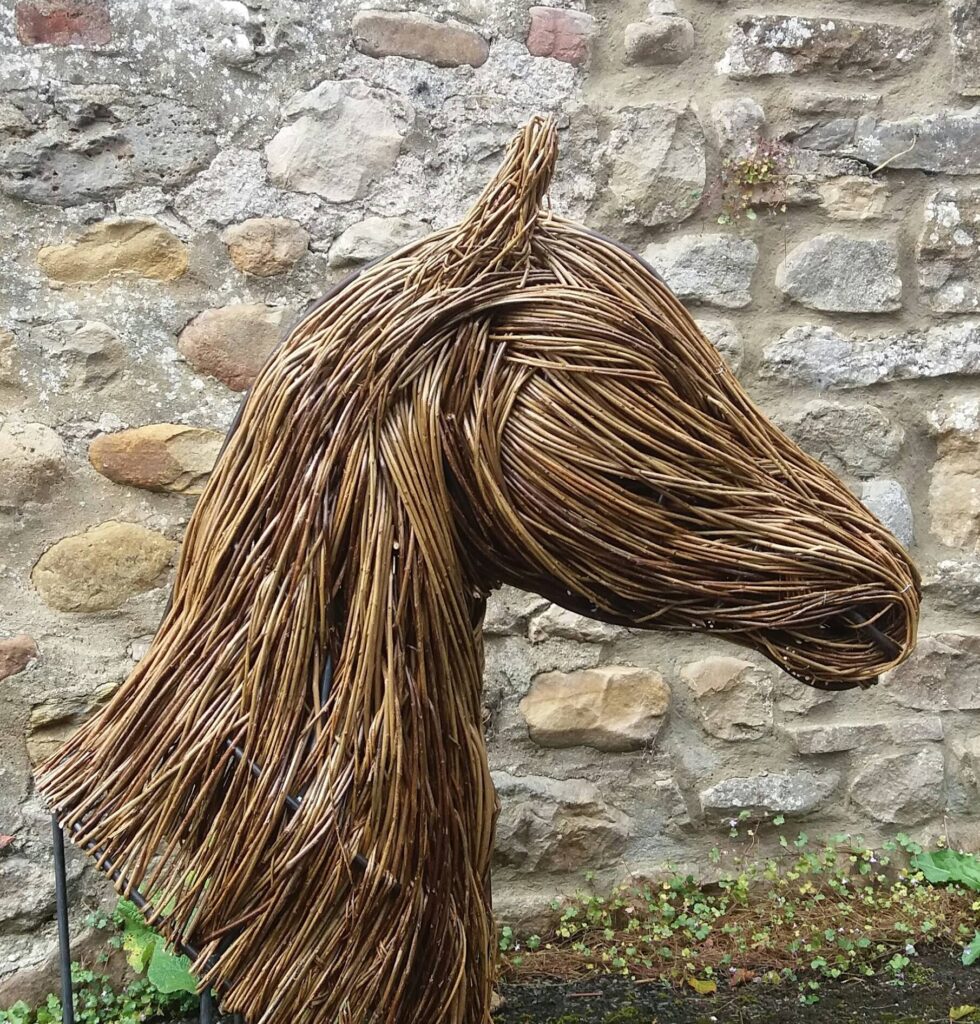
Anna & the Willow isn’t just a brand name. It’s a partnership between artist and material, human and plant, tradition and imagination. Each creation is a conversation written in woven lines, a story that begins in the soil and ends in sunlight filtering through willow branches.
(Sources: Anna & the Willow official website; “Meet the Maker” interview on Folksy Blog, July 2021; feature on My Modern Met about outdoor willow sculptures.)
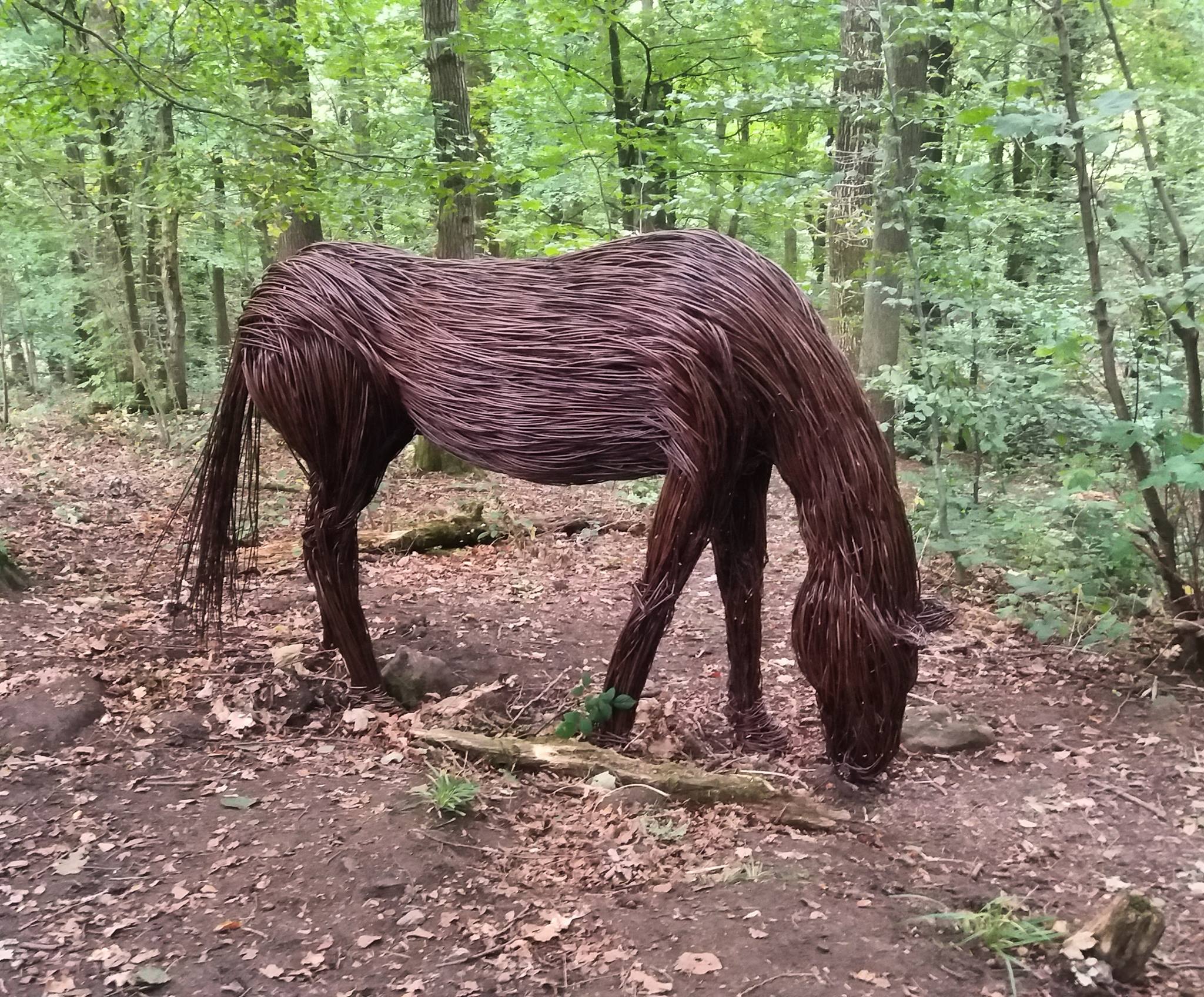
Reply